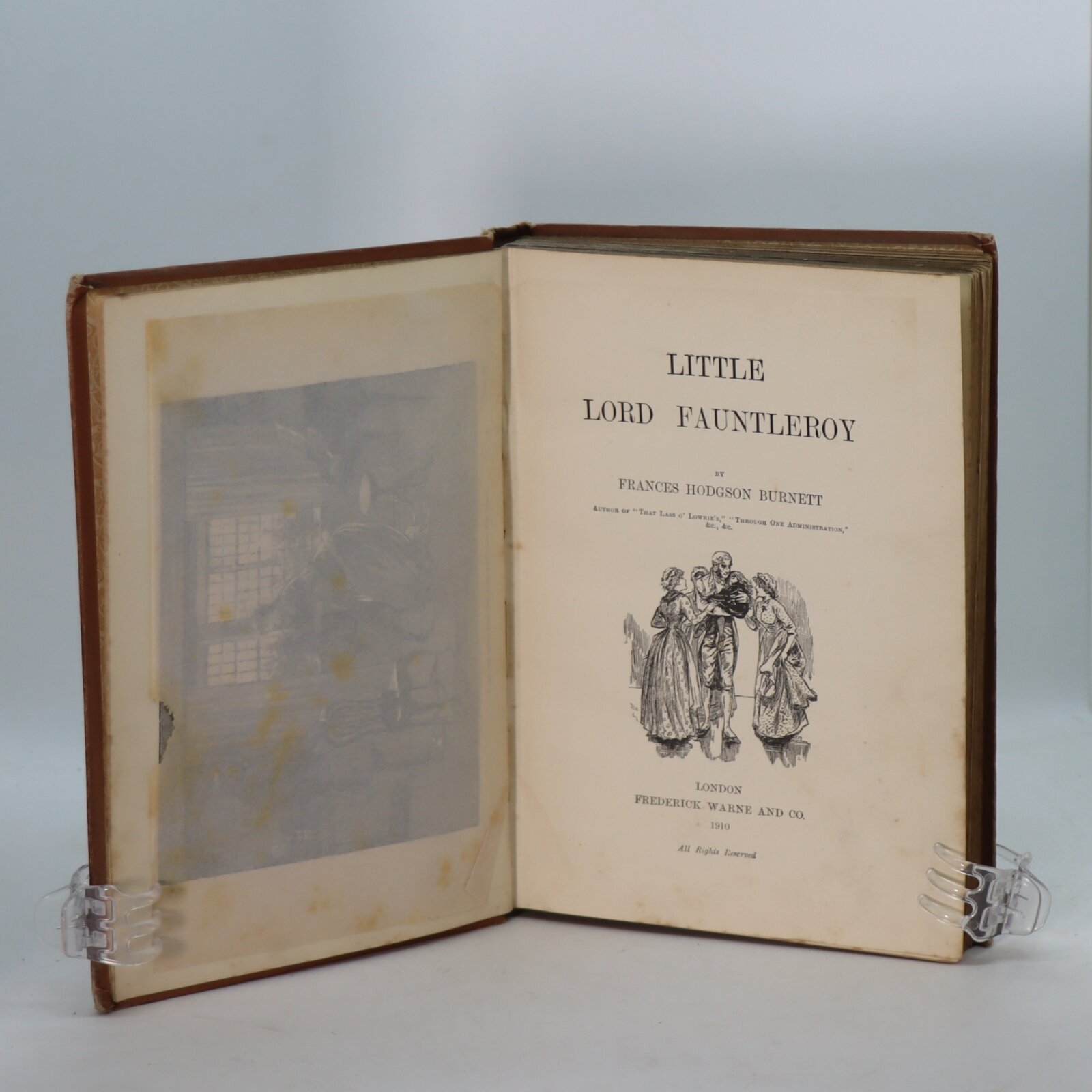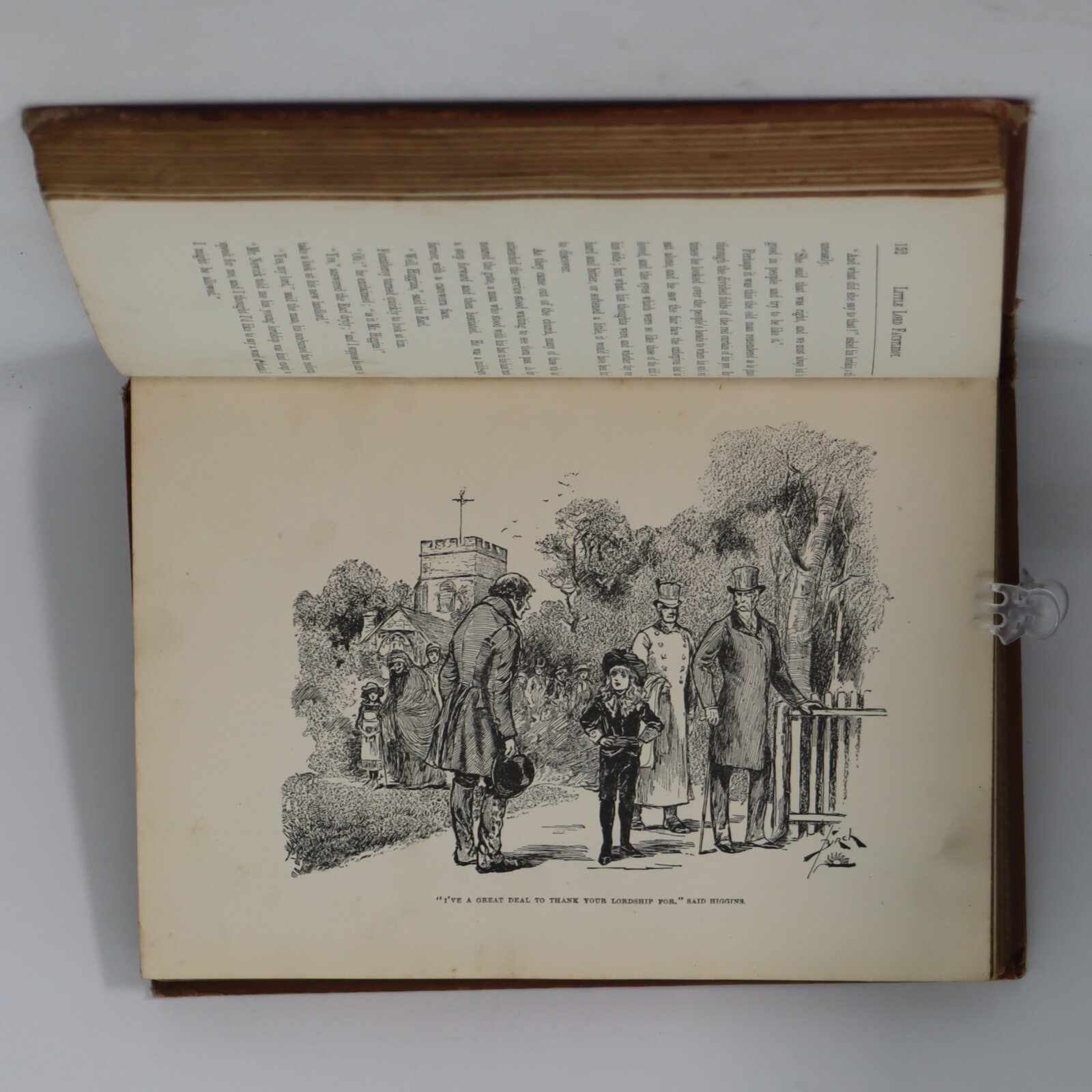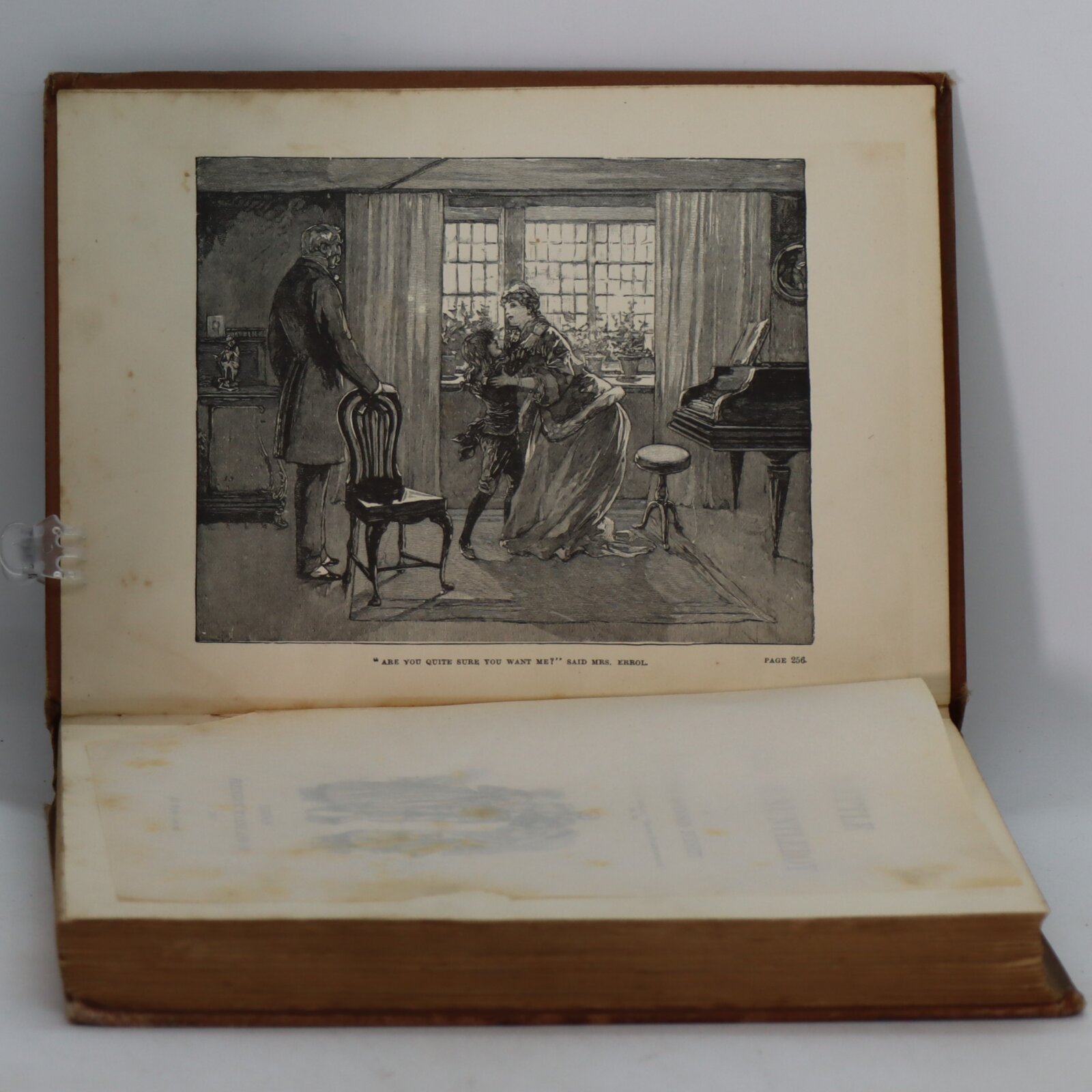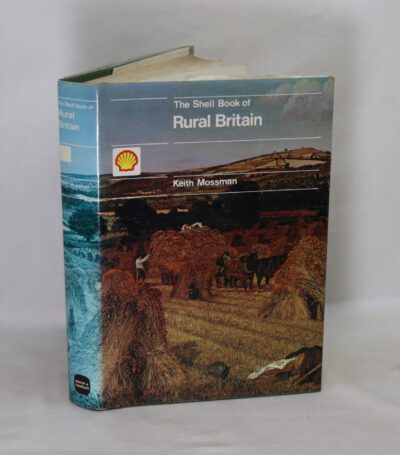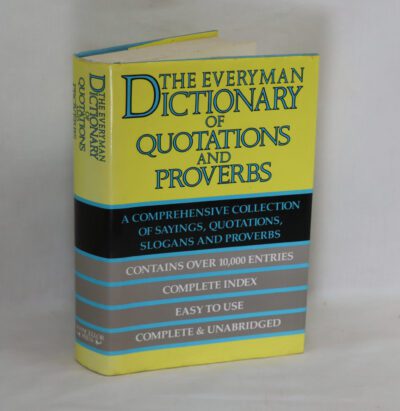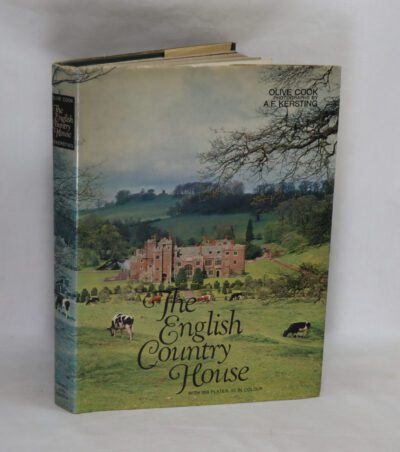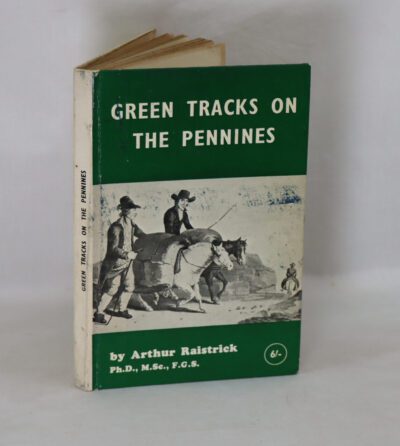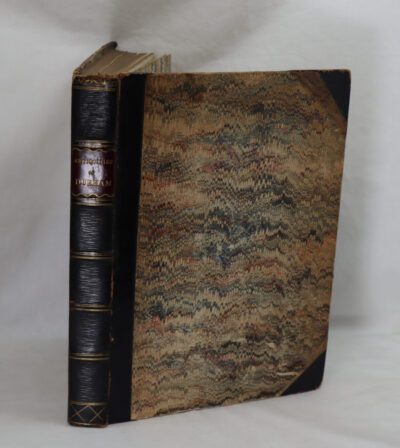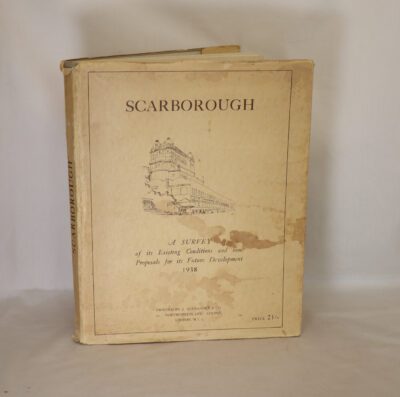Little Lord Fauntleroy.
By Mrs Frances Hodgson Burnett
Printed: 1910
Publisher: Frederick Warne & Co. London
| Dimensions | 16 × 21 × 3 cm |
|---|---|
| Language |
Language: English
Size (cminches): 16 x 21 x 3
Condition: Very good (See explanation of ratings)
Your items
Item information
Description
Tan cloth binding With gilt title and man and two children on the front board. Title and boy on the spine.
F.B.A. provides an in-depth photographic presentation of this item to stimulate your feel and touch. More traditional book descriptions are immediately available.
This book was the ‘Harry Potter’ of its day!
Little Lord Fauntleroy is a novel by Frances Hodgson Burnett. It was published as a serial in St. Nicholas Magazine from November 1885 to October 1886, then as a book by Scribner’s (the publisher of St. Nicholas) in 1886. The illustrations by Reginald B. Birch set fashion trends and the novel set a precedent in copyright law when Burnett won a lawsuit in 1888 against E. V. Seebohm over the rights to theatrical adaptations of the work.
The Plot: In a shabby New York City side street in the mid-1880s, young Cedric Errol lives with his mother (known to him as “Dearest”) in genteel poverty after the death of his father, Captain Cedric Errol. One day, they are visited by an English lawyer named Havisham with a message from young Cedric’s grandfather, the Earl of Dorincourt, an unruly millionaire who despises the United States and was very disappointed when his youngest son married an American woman. With the deaths of his father’s elder brothers, Cedric has now inherited the title Lord Fauntleroy and is the heir to the earldom and a vast estate. Cedric’s grandfather wants him to live in England and be educated as an English aristocrat. He offers his son’s widow a house and guaranteed income, but he refuses to have anything to do with her, even after she declines his money.
However, the Earl is impressed by the appearance and intelligence of his American grandson and is charmed by his innocent nature. Cedric believes his grandfather to be an honourable man and benefactor, and the Earl cannot disappoint him. The Earl therefore becomes a benefactor to his tenants, to their delight, though he takes care to let them know that their benefactor is the child, Lord Fauntleroy.
Meanwhile, back in New York, a homeless bootblack named Dick Tipton tells Cedric’s old friend Mr. Hobbs, a New York City grocer, that a few years prior, after the death of his parents, Dick’s older brother Benjamin married an awful woman who got rid of their only child together after he was born and then left. Benjamin moved to California to open a cattle ranch while Dick ended up in the streets. At the same time, a neglected pretender to Cedric’s inheritance appears in England, the pretender’s mother claiming that he is the offspring of the Earl’s eldest son, Bevis. The claim is investigated by Dick and Benjamin, who come to England and recognize the woman as Benjamin’s former wife. She flees, and the Tipton brothers and the pretender, Benjamin’s son, do not see her again. Afterward, Benjamin goes back to his cattle ranch in California where he happily raises his son by himself. The Earl is reconciled to his American daughter-in-law, realizing that she is far superior to the impostor.
The Earl planned to teach his grandson how to be an aristocrat. Instead, Cedric teaches his grandfather that an aristocrat should practice compassion towards those dependent on him. The Earl becomes the man Cedric always innocently believed him to be. Cedric is happily reunited with his mother, and Mr. Hobbs, who decides to stay to help look after Cedric.
Polly Hovarth writes that Little Lord Fauntleroy “was the Harry Potter of his time and Frances Hodgson Burnett was as celebrated for creating him as J. K. Rowling is for Potter.” During the serialisation in St. Nicholas magazine, readers looked forward to new instalments. The fashions in the book became popular with velvet Lord Fauntleroy suits being sold, as well as other Fauntleroy merchandise such as velvet collars, playing cards, and chocolates. During a period when sentimental fiction was the norm, and in the United States the “rags to riches” story popular, Little Lord Fauntleroy was a hit.
Edith Nesbit included in her own children’s book The Enchanted Castle (1907) a rather unflattering reference:
Gerald could always make himself look interesting at a moment’s notice (…) by opening his grey eyes rather wide, allowing the corners of his mouth to droop, and assuming a gentle, pleading expression, resembling that of the late little Lord Fauntleroy who must, by the way, be quite old now, and an awful prig.
Frances Eliza Hodgson Burnett (24 November 1849 – 29 October 1924) was a British novelist and playwright. She is best known for the three children’s novels Little Lord Fauntleroy (published in 1885–1886), A Little Princess (1905), and The Secret Garden (1911).
Frances Eliza Hodgson was born in Cheetham, Manchester, England. After her father died in 1853, when Frances was 3 years old, the family fell on straitened circumstances and in 1865 emigrated to the United States, settling in New Market, Tennessee. Frances began her remunerative writing career there at age 19 to help earn money for the family, publishing stories in magazines. In 1870, her mother died. In Knoxville, Tennessee, in 1873 she married Swan Burnett, who became a medical doctor. Their first son Lionel was born a year later. The Burnetts lived for two years in Paris, where their second son Vivian was born, before returning to the United States to live in Washington, D.C. Burnett then began to write novels, the first of which (That Lass o’ Lowrie’s), was published to good reviews. Little Lord Fauntleroy was published in 1886 and made her a popular writer of children’s fiction, although her romantic adult novels written in the 1890s were also popular. She wrote and helped to produce stage versions of Little Lord Fauntleroy and A Little Princess.
Beginning in the 1880s, Burnett began to travel to England frequently and in the 1890s bought a home there, where she wrote The Secret Garden. Her elder son, Lionel, died of tuberculosis in 1890, which caused a relapse of the depression she had struggled with for much of her life. She divorced Swan Burnett in 1898, married Stephen Townsend in 1900, and divorced him in 1902. A few years later she settled in Nassau County, New York, where she died in 1924 and is buried in Roslyn Cemetery.
In 1936, a memorial sculpture by Bessie Potter Vonnoh was erected in her honour in Central Park’s Conservatory Garden. The statue depicts her two famous Secret Garden characters, Mary and Dickon.
Condition notes
Want to know more about this item?
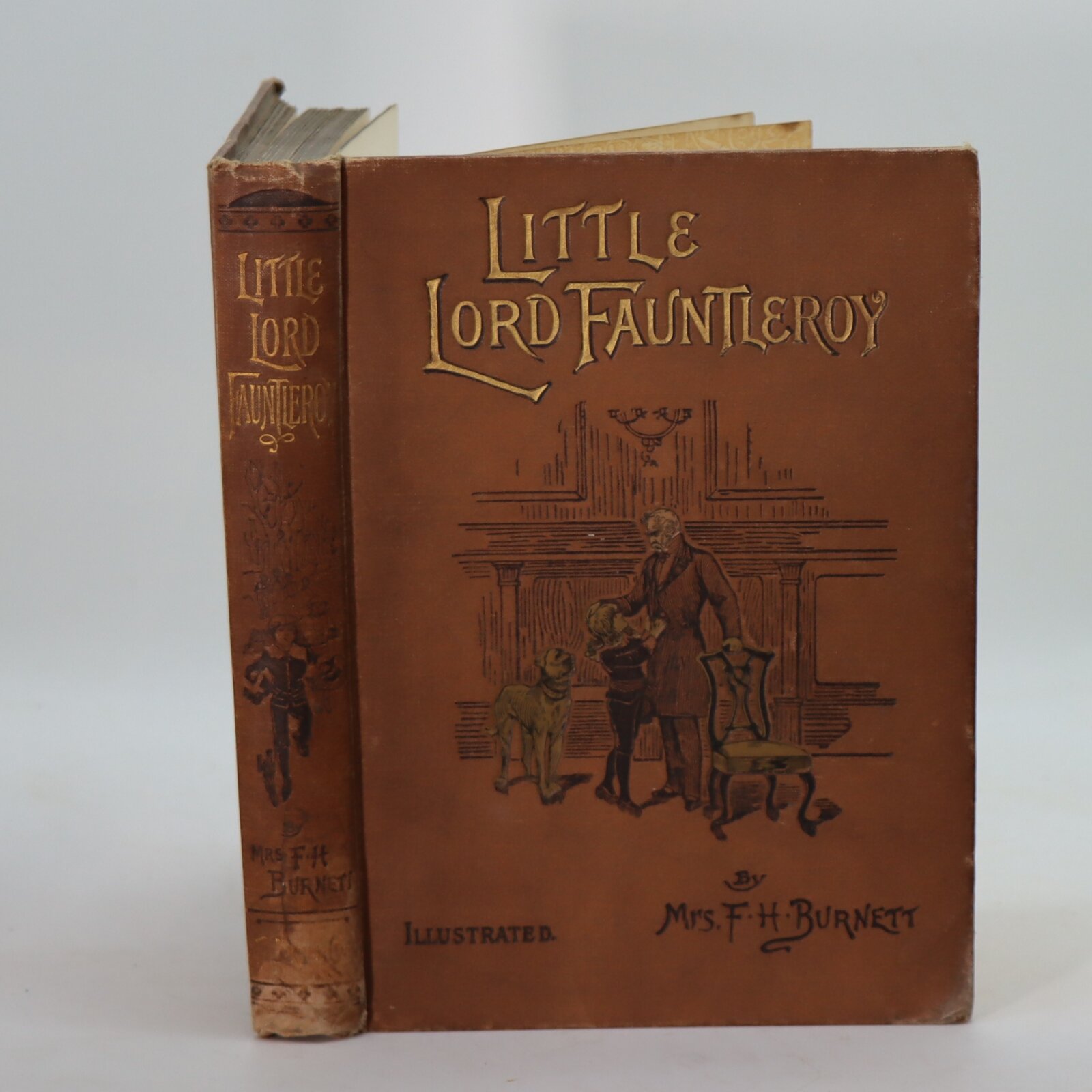
Related products
Share this Page with a friend

